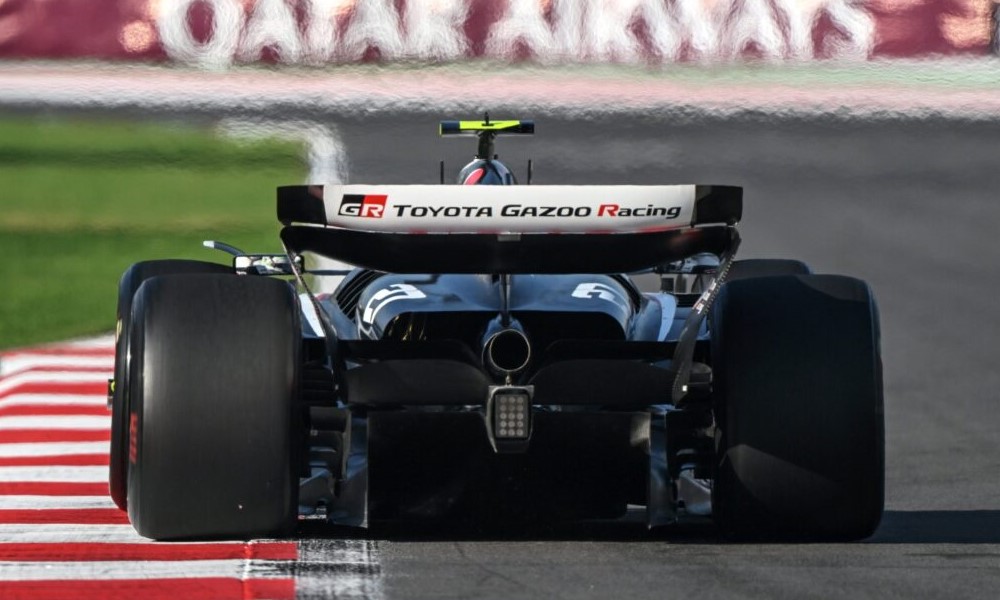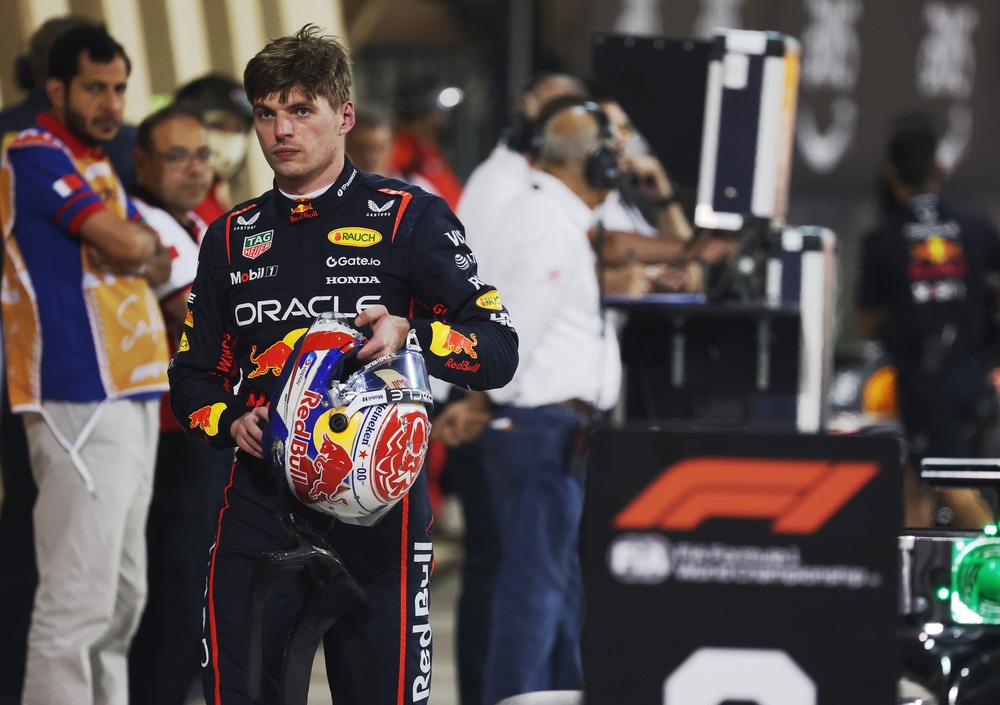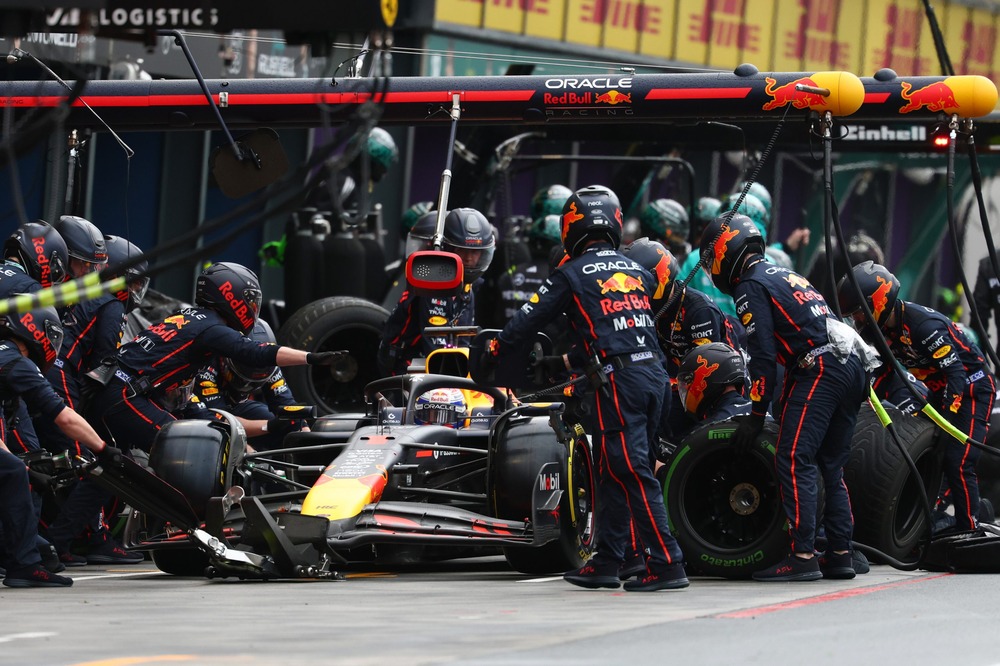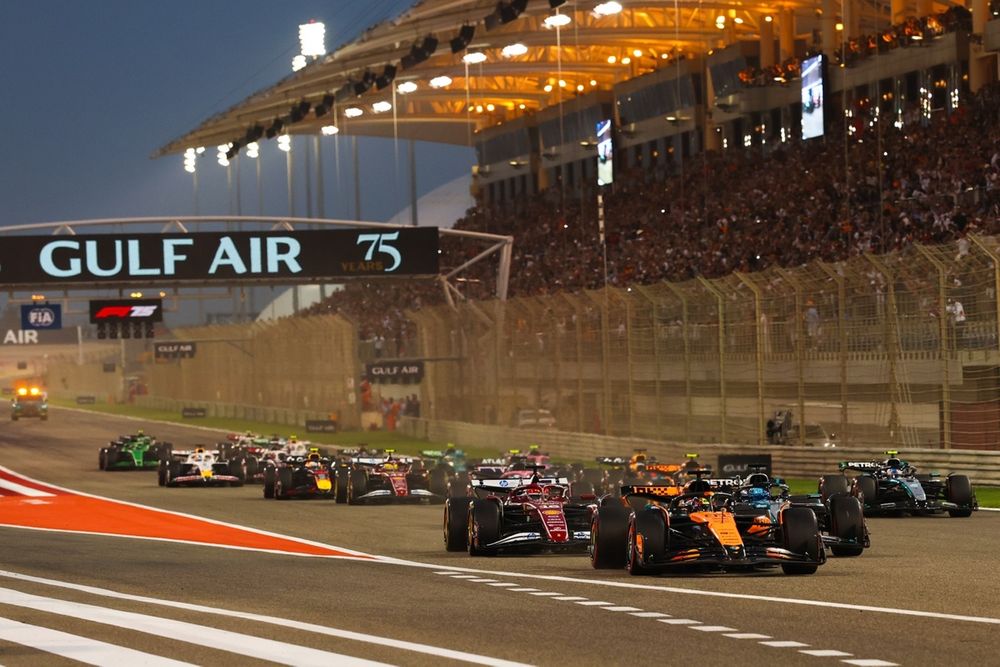The historic Haas F1 TPC test comes as part of Toyota partnership and will take place at the Circuito de Jerez in Spain on Wednesday and Thursday.
This significant event marks a milestone for the American team, which has never participated in a TPC test since its inception in 2016.
The upcoming Haas F1 TPC test will feature a completely revamped 2025 F1 driver lineup, including Esteban Ocon, who joins from Alpine, and Oliver Bearman, who steps up from a reserve role to a full-time driver position.
The TPC format allows Formula 1 teams to conduct private tests using older cars that comply with technical regulations from the previous three seasons. For Haas, this means utilizing their 2023 car – the VF-23.
This opportunity comes after a successful 2024 season where Haas F1 finished seventh in the Constructors’ Championship, amassing 58 points—an impressive increase from the mere 12 points scored in the previous year.
This improvement has bolstered the team’s resources and enabled them to invest in new initiatives.
The Haas F1 TPC test is largely made possible through a strategic partnership with Toyota Gazoo Racing (TGR). The Haas-Toyota partnership marks the manufacturer’s first direct involvement in Formula 1 since it shuttered its works team in 2009.
The relationship has already begun to bear fruit, as TGR’s junior driver Ritomo Miyata will also participate in the Jerez test alongside Ocon and Bearman. Miyata is set to drive for ART in Formula 2 this season and brings with him an impressive resume that includes championship wins in Super GT and Super Formula.
The announcement of the testing program is a testament to Haas’s commitment to enhancing its competitive edge within Formula 1.
Haas F1 Team principal Ayao Komatsu has emphasized that being able to conduct private tests is a game changer for the team, which has historically faced financial constraints that limited their testing capabilities.
“Our target is to be on the budget cap next year,” Komatsu said at the season finale in Abu Dhabi.
“That’s another thing. With Haas, we’ve never been on the budget cap, right? How can you be competitive? So if you’re serious about being competitive, you have got to be on the budget gap. So yes, that’s our target.”
The Haas F1 TPC test will allow both Ocon and Bearman to acclimatize to their new surroundings while providing Miyata with his first experience behind the wheel of an F1 car.
Bearman will kick off the testing on Wednesday morning, followed by Miyata in the afternoon. On Thursday Ocon will drive in the morning session again followed by Miyata.
This structured approach not only facilitates driver acclimatization but also enables Haas to gather valuable data on their performance ahead of official pre-season testing.
Besides boosting driver performance, the Haas-Toyota partnership is expected to yield long-term benefits beyond the TPC test. The collaboration aims to improve the team’s technical capabilities through shared expertise and resources.
Komatsu has indicated that while immediate gains may not be apparent, the groundwork laid during the testing phase will contribute significantly to future car designs, particularly as F1 prepares for an overhaul of car and engine regulations set for 2026.
He added: “How quickly do you think those things are going to have an impact? You’re announcing it, you think the next day parts are going to be on the car? No, no.
“That kind of collaboration takes time. At the moment, we are in the very early stages of actually setting up the project, et cetera.
“So, it’s actually a dip, because we haven’t actually increased our number of people, but we have to set up the project. It has nowhere near got to the stage where we can feel any benefit, in fact, we are even more stretched at this minute.
“It’s a dip stage, which is normal, we just need to get out of that and get onto the stage where we can stabilise it, but that’s going to take several months. To feel the effect on the track, it’s going to take a year at least.”





